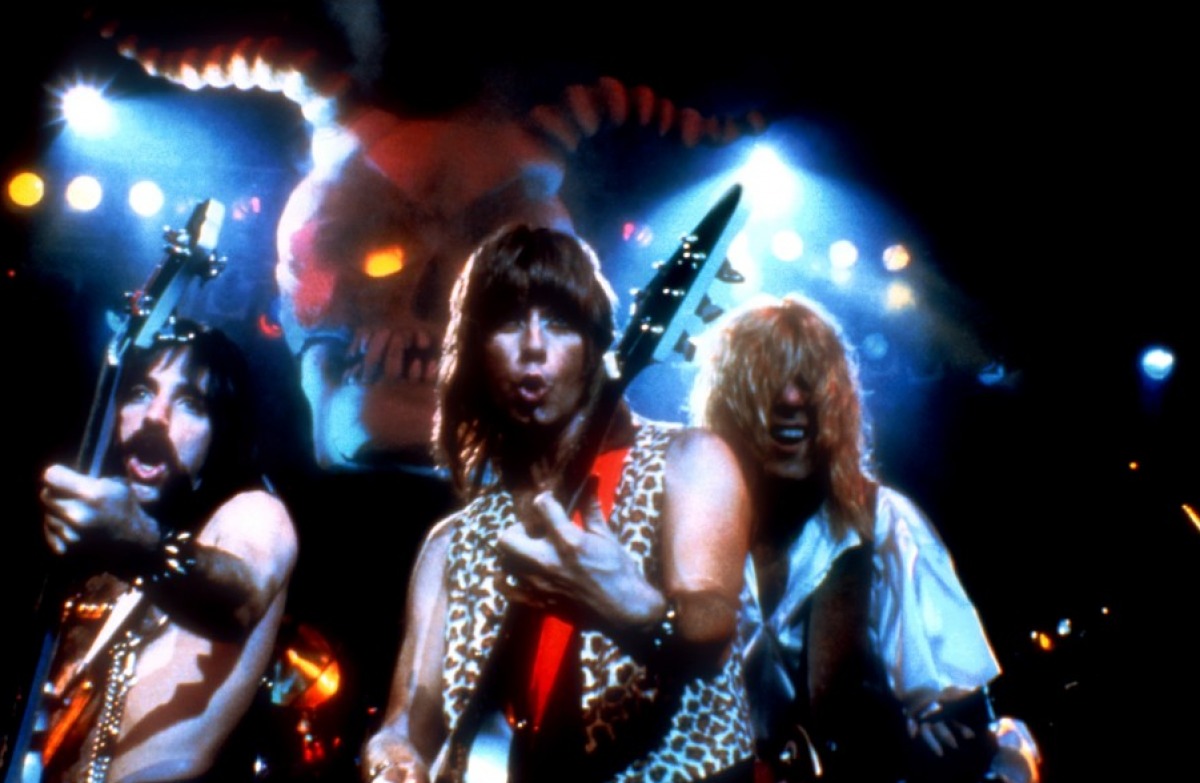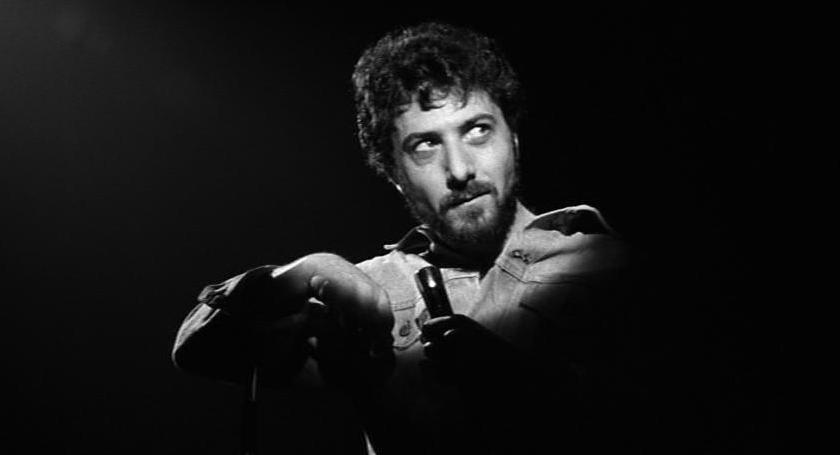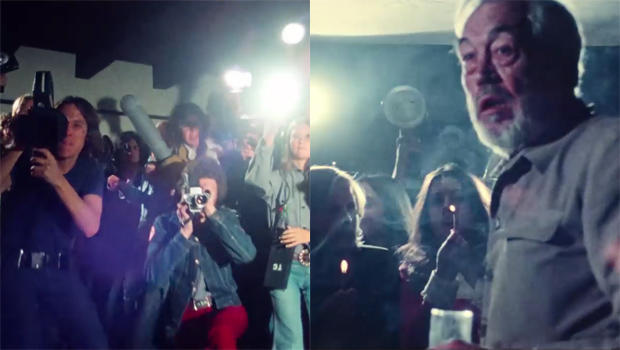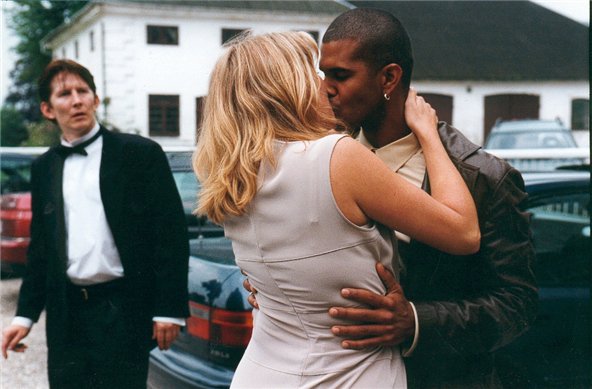6. This Is Spinal Tap (1984) – Rob Reiner

Reiner’s debut film and co-writer and co-star Christopher Guests’ first use of the mockumentary format that he used repeatedly throughout his career. We see Britain’s loudest band on their American tour with all-out laughs and genuine creative use of fictional storytelling.
Of course, “These go to eleven” is what most people remember about this film, but one can’t admire that the filmmakers behind this film were trying something new. A fictional feature that is essentially making fun of and bringing out all the ludicrous situations of a rock tour.
Behind-the-scenes footage, false interviews about conflicting stories of the members, and life behind the curtain were all out there. Some call it a ‘rockumentary,’ but this inspired Guest to continue this format (several of his films could also be on this list). And it shows how Reiner would embark on a decade-long run of hits in Hollywood.
Initially a modest success that found a cult following on VHS and DVD, the film is certainly the first ‘mockumentary’ type that inspired countless films and television shows.
7. Lenny (1974) – Bob Fosse

Fosse breaking from his dark musicals to concentrate on the controversial Lenny Bruce, portrayed by Dustin Hoffman. However, Fosse doesn’t lose his style of rhythm and pacing as the narrative jumps all over to include interviews with the characters about their experiences with Bruce. However, it’s the raw performances, production design, and atmosphere that make this feel like a documentary.
Fosse knew back clubs filled with smoke, low lifes, and wannabes, and that’s exactly what we feel when Bruce performs. It’s as if were in the room and we feel the tension, comedy, and awkwardness boiling to its surface.
It portrays an honest look at the American society of the 1950s and 1960s that film always ignored. And to include the intercutting of interviews, one would actually think Hoffman, Valerie Perrine, and others are performing re-enactments of the events that Errol Morris would later master.
The film is not as appreciated as Fosse’s and Hoffman’s other works, but it sure is a biographical film like no other for its truthfulness.
8. The Other Side of the Wind (2018) – Orson Welles

What did Orson Welles really want to say here? This has been the question regarding his last film. One of the many aspects of the film is the handheld camera that cuts so often between color and black-and-white, and with the actors and location it can be difficult to keep up. And yet this began filming in 1970. Welles was ahead of everybody, as usual.
The film depicts the last day of a director’s life played by John Huston as a sort of stand-in for Welles himself. But the style, tone, and feel of the film can almost be a documentary of 1970’s Hollywood party and culture, despite being filmed partially in Arizona. We see several filmmakers and actors before their time or at their height of recognition throughout the house party, and it does feel like a documentary.
Long before the film came out, it was heavily discussed in Welles’ biographies and many state that he wanted an uncontrolled, sloppy look. For example, the camera to shake or be out of focus to add authenticity and real life to it, not seen in the pictures at the time. Regardless of the themes and meanings of the film, it certainly feels like the first documentary-like feature, despite being released just last year.
9. Close Up (1990) – Abbas Kiarostami

A film that can be considered a docu-drama due to its many natures of filming, but Kiarostami created a work of art with this one. The film tells, shows, and deals with the somewhat aftermath of how a man, Hossain Sabzian, impersonated a famous Iranian director, Mohsen Makhmalbaf, to a middle-class family.
The film is told through re-enactments, interviews, and some scenes that are just so immersed in the world, that it’s hard to decipher that this is a fictional film but still feels like a documentary.
For example, Kiarostami coached Sabzian on what to say for each re-enactment and actual cases before the judges. Therefore, was everything staged and was this live cinema? Who really knows.
We know Kiarostami purchased the rights to the case for a fictional film, but couldn’t wait and just went ahead with it. Therefore, he was creating a fictional feature disguised as a documentary. Again, the film is unclassifiable, but it shows how one director can shape real events as they unfold into their own vision.
10. The Celebration (1998) – Thomas Vinterberg

The first film of the Danish Dogme 95 movement started with a bang. It obviously goes along with the rules of Dogme 95, such as, “The camera must be hand-held. Any movement or immobility attainable in the hand is permitted.” Out of this, Thomas Vinterberg created what Ingmar Bergman called “a masterwork.”
Since most of the traditional rules of filmmaking were tossed out the window, Vinterberg could simply focus on characters and story, in the same vein of Cassavetes. And with only handheld camerawork using a Sony DCR-PC3, he could go anywhere.
For example, he puts the camera under desks and shoots upward, or the camera gets so close to the actor’s eyes that they literally back away. The handheld-ness also adds to the tone of the family as we go from a light-hearted comedy to a family gathering with a sinister, dark, unsettling tone. The camera’s constant movement corresponds with our own inner shakiness of what is actually going on and what secrets are being revealed.
Even if the film wasn’t Dogme 95 and was shot with static and controlled camerawork, the result would have been stiff and distant. Yes, we would still have been surprised and appalled by the plot details, but with handheld, we get closer to the action and feel like we felt a bit of celebration for the film experience.